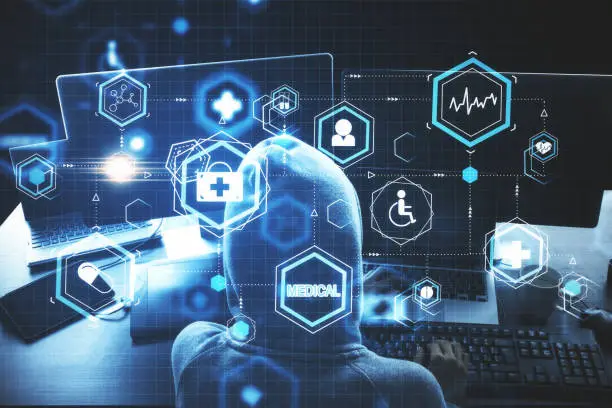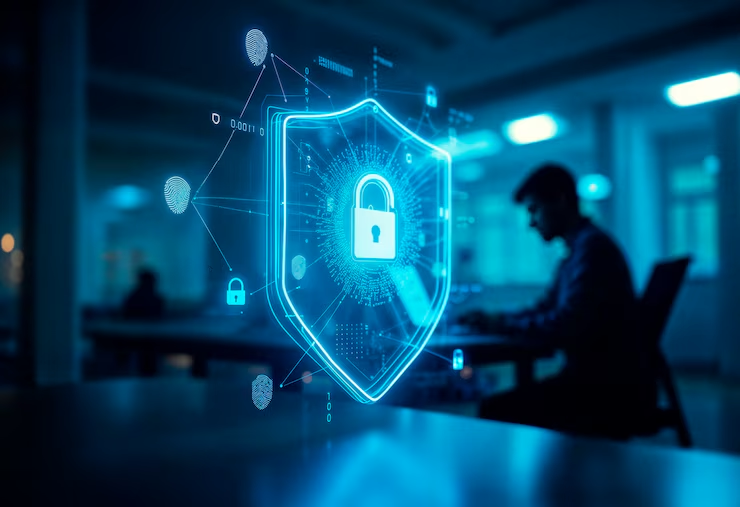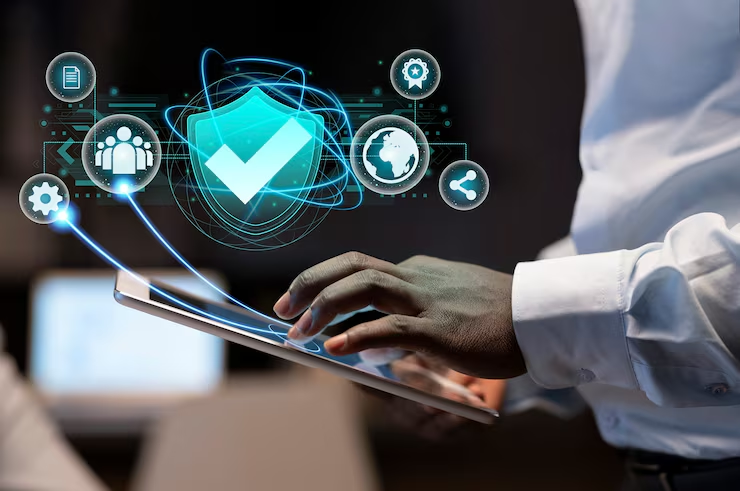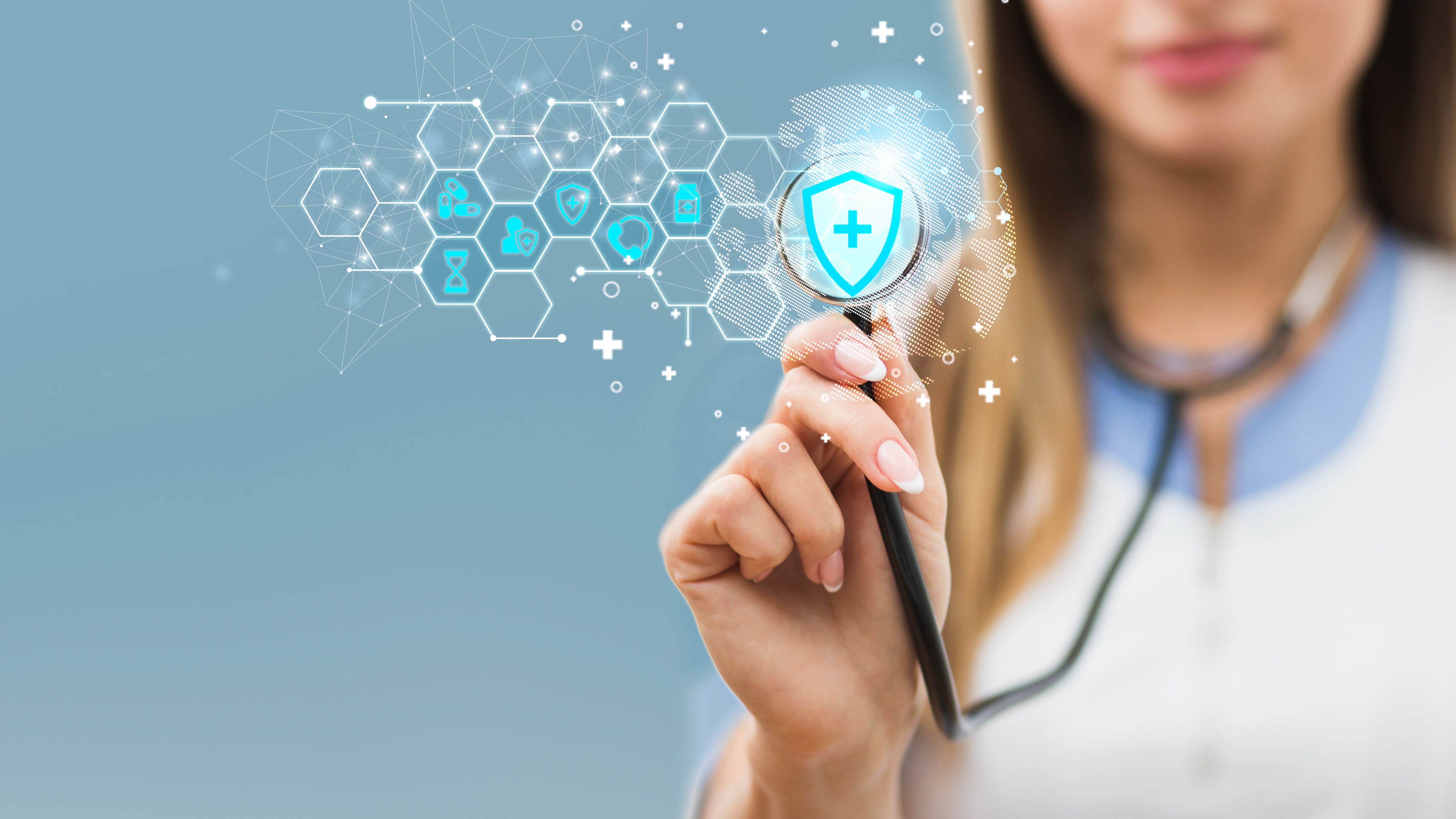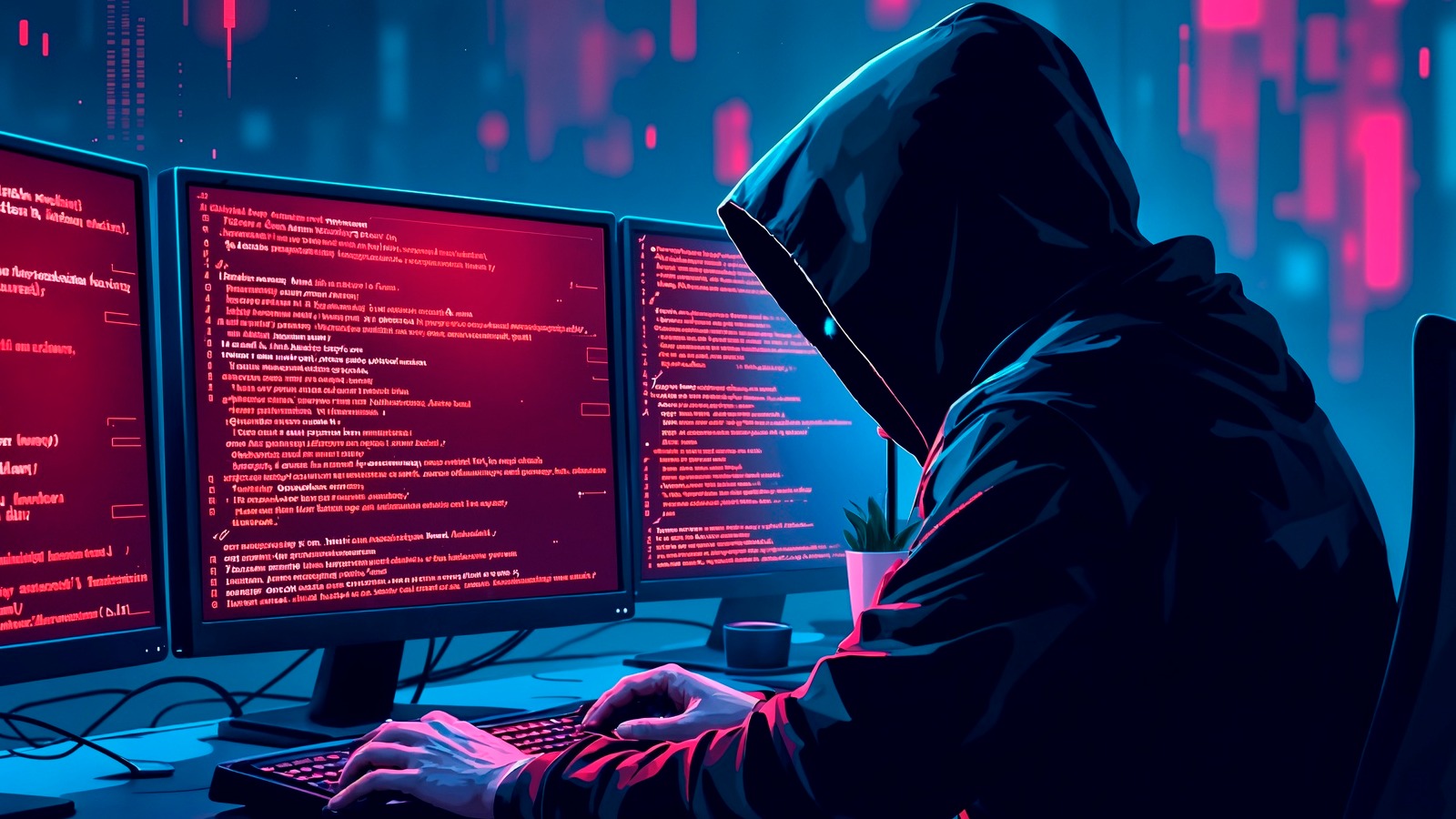The Top 10 Threats to Healthcare Cybersecurity in 2025
We’ve been in rooms where nurses couldn’t access patient records during a crisis. We’ve seen healthcare organizations scramble to recover after ransomware froze their systems. And we’ve listened to health administrators ask the same urgent question: How do we stop this from happening again?
Because the truth is, healthcare cybersecurity and all its related challenges aren’t theoretical anymore; they are deeply personal, painfully real, and dangerously evolving.
In 2025, the cybersecurity threats in healthcare are more complex, unpredictable, and targeted than ever. Whether you’re in hospital IT, a clinic administrator, or even a third-party medical vendor, the cybersecurity risks in healthcare are now part of daily life.
At Gini, we work with frontline teams across the health care sector to understand, prevent, and recover from the biggest threats. These are not just trends, they’re lived realities. Below, we break down the top 10 threats every healthcare provider must be ready for in 2025.
1. Ransomware Keeps Evolving, And It Hits Hardest Here
Cyberattacks in healthcare are disproportionately disruptive. A single ransomware attack can shut down an entire hospital. This isn’t just about data, it’s about lives.
In 2025, ransomware has gone modular and automated. These attacks are personalized to each hospital’s systems, exploiting gaps in patching and staff error. And sadly, paying the ransom doesn’t always restore data.
This is the face of modern hospital cybersecurity. At Gini, we work with you to build a cybersecurity strategic plan that includes backups, early detection, and lockdown protocols to stop damage before it spreads.
2. Phishing Is Smarter and Harder to Catch
Gone are the obvious spam messages. In 2025, phishing attacks are AI-written, timely, and convincingly human.
We’ve seen IT managers click on fake vendor invoices and nurses tricked into giving login credentials. This is one of the most persistent cybersecurity issues in healthcare, and it bypasses your strongest firewalls because it targets human instinct.
That’s why healthcare cybersecurity best practices must include frequent, real-world training and behavior-based threat detection.
3. Unsecured Medical Devices Are a Growing Danger
Your IV pump, heart monitor, and ventilator may all be connected to Wi-Fi. But are they protected?
Most medical devices weren’t built with medical cybersecurity in mind. They run on outdated firmware and lack even basic encryption. We've seen attackers hijack diagnostic tools or quietly extract patient data from infusion pumps.
This is why healthcare network security must go beyond desktop computers and cover every piece of clinical equipment.
4. Third-Party Vendors Can Be Your Weakest Link
The hospital’s firewall may be strong, but what about the billing company? The HR platform? The scheduling app?
So many cybersecurity challenges in healthcare stem from third parties with poor controls. Attackers love this. They sneak in through the side door and move laterally into core systems.
At Gini, we help you vet vendors, audit APIs, and enforce compliance with healthcare cybersecurity regulations.
5. Outdated Systems That No Longer Get Updates
Legacy software and operating systems still run in many healthcare organizations. The reason? Budget, compatibility, or just inertia.
But these are goldmines for hackers. Unsupported platforms mean open vulnerabilities. This is where the matrix of all current cybersecurity issues becomes relevant; you’re stacking risk upon risk.
Gini builds phased transition plans to secure older systems without interrupting care.
6. Cloud Misconfigurations Leave Data Wide Open
Many healthcare providers rushed to cloud services without the right security configurations. The result? Leaky storage buckets, open databases, and misrouted traffic.
In 2025, more breaches will stem from poorly configured systems than from malware. Cybersecurity in health care must now include DevSecOps practices and full cloud audits.
7. No Real Incident Response Plan
If you were attacked tomorrow, do you have a 10-minute, 1-hour, and 24-hour action plan?
Too many providers are reactive, not proactive. And in a crisis, guessing your next move is not a strategy.
At Gini, we help organizations build a customized, tested, and ready cybersecurity strategic plan personalized to the healthcare industry.
8. Staff Mistakes That Invite Trouble
A nurse leaves a logged-in screen unattended. A physician emails patient info from their Gmail. A receptionist uses “123456” as a password.
These aren’t rare. They're daily. And they’re a big part of cybersecurity risks in healthcare.
Human error is still the top attack vector. That’s why Gini prioritizes awareness, culture-building, and easy-to-follow rules that actually get followed.
9. AI-Powered Malware Is Already Here
Cybercriminals now use AI to write malware, spoof voices, and generate fake patient files. These emerging cybersecurity threats are fast, intelligent, and hard to detect.
We’ve seen deepfake audio used to trick doctors into authorizing payments. And AI-written code that adapts mid-attack.
Fighting this requires AI-powered defense, something Gini specializes in for all clients seeking cybersecurity for healthcare.
10. No Unified Security Across Departments
Different departments often have different systems, access levels, and protocols. Some follow strict healthcare cybersecurity standards, while others barely know what MFA is.
This fragmentation creates gaps that attackers love to exploit.
Gini helps unify your systems under one secure umbrella, building consistency into your cybersecurity strategy.
Why Cybersecurity Must Be the Backbone of Healthcare
If you’re wondering why cybersecurity is important for the healthcare industry, think about what’s at stake:
-
Patient safety
-
Emergency care access
-
Billing integrity
-
Reputation
-
Regulatory compliance
-
Human life
The benefits of internet security in the healthcare workplace are no longer abstract. They’re what keep your systems running and your patients safe.
Take Action Now: Before the Next Breach Hits
The top healthcare cybersecurity threats of 2025 are already here. And the best time to strengthen your defenses was yesterday.
But the next best time? Right now.
At Gini, we specialize in building robust, realistic, and affordable solutions for cybersecurity in healthcare. We don’t believe in jargon or one-size-fits-all tools. We believe in sitting down with your team, understanding your vulnerabilities, and crafting solutions that fit your environment and your budget.
Visit Gini and see how we can help your healthcare network stand stronger before the next threat shows up.
Let’s secure your future together.

